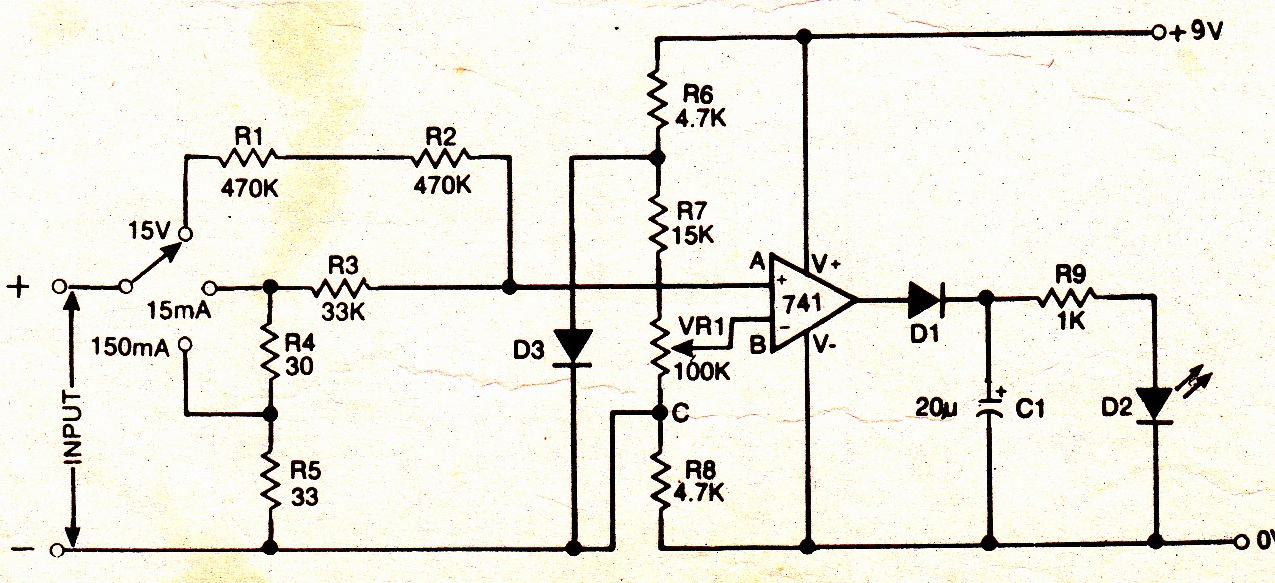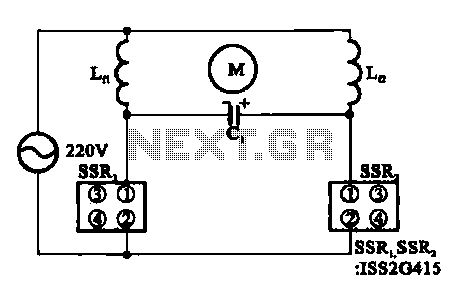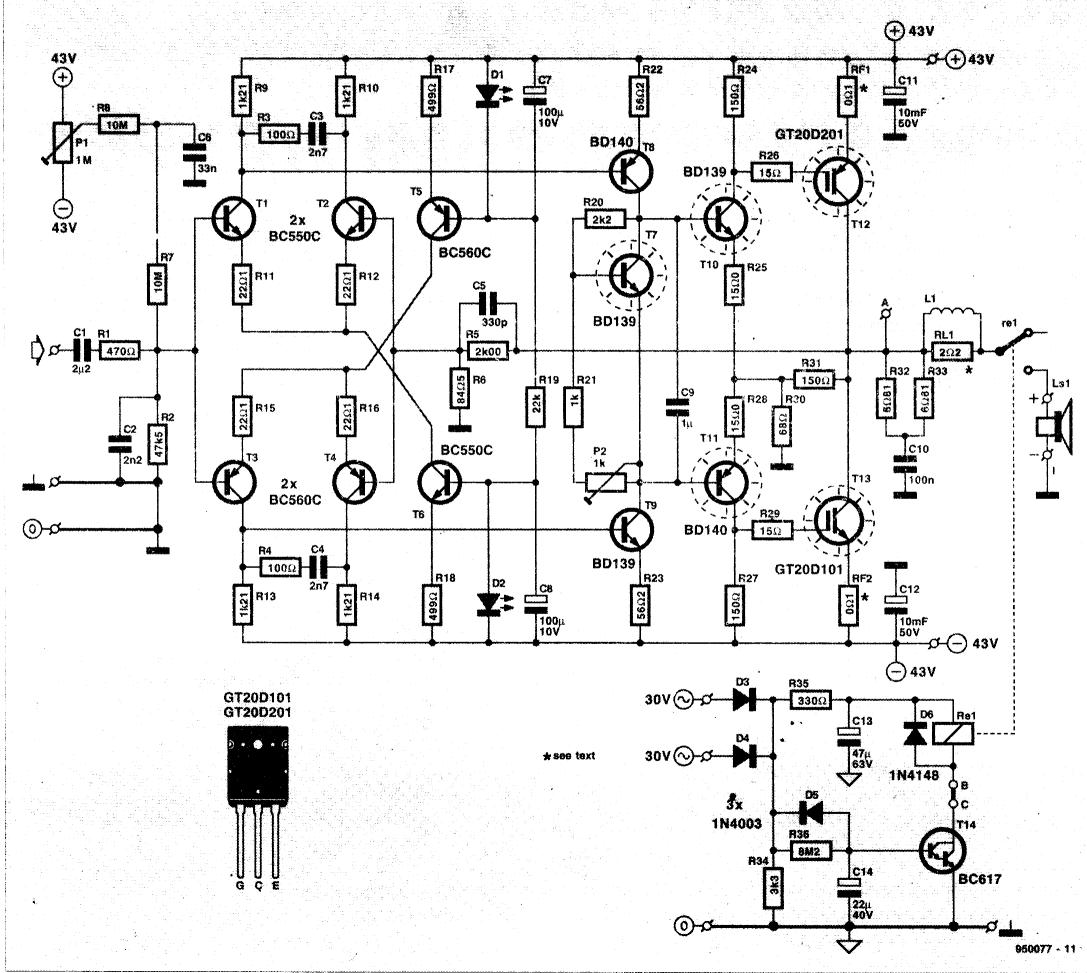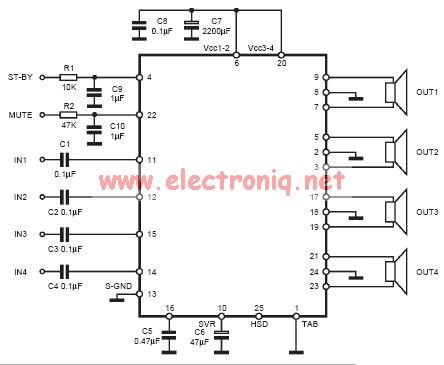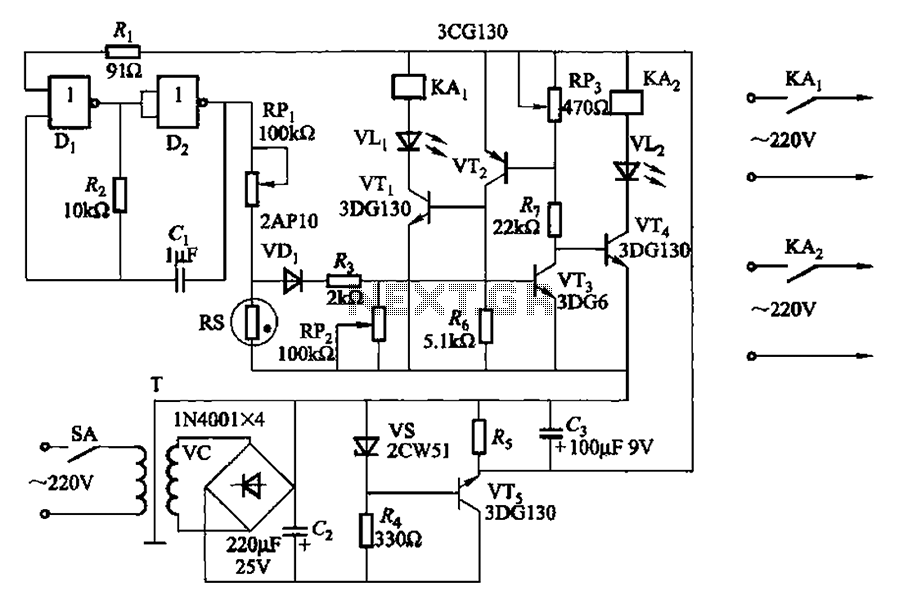
Open and Short Circuit Test on Transformer
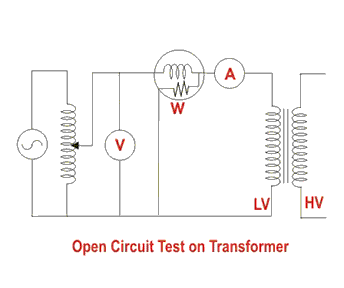
Open and short circuit tests on a transformer are conducted to determine the equivalent circuit of the transformer, assess its voltage regulation, and evaluate its efficiency.
The open circuit test is performed by applying the rated voltage to the primary winding of the transformer while the secondary winding is left open. This test allows for the measurement of the no-load current, no-load losses, and the equivalent impedance of the transformer. The primary voltage, primary current, and power factor can be recorded to calculate the core losses, which include hysteresis and eddy current losses. The results from this test provide valuable insights into the transformer's magnetizing characteristics and help in determining the equivalent circuit parameters.
Conversely, the short circuit test involves shorting the secondary winding and applying a reduced voltage to the primary winding until the rated current flows in the primary. This test is crucial for measuring the copper losses, which occur due to the resistance of the windings under load conditions. The voltage, current, and power readings taken during this test allow for the calculation of the equivalent series impedance of the transformer. The results indicate how the transformer will behave under load, including its voltage regulation and efficiency.
Together, these tests provide a comprehensive understanding of the transformer's performance characteristics, enabling engineers to design and select transformers that meet specific application requirements. The equivalent circuit derived from these tests is essential for further analysis, including load flow studies and fault analysis in power systems. Proper execution and analysis of these tests are critical for ensuring the reliability and efficiency of transformer operations in electrical networks.Open and Short Circuit Test on Transformer are done to elect equivalent circuit of transformer, voltage regulation of transformer and efficiency of transformer.. 🔗 External reference
The open circuit test is performed by applying the rated voltage to the primary winding of the transformer while the secondary winding is left open. This test allows for the measurement of the no-load current, no-load losses, and the equivalent impedance of the transformer. The primary voltage, primary current, and power factor can be recorded to calculate the core losses, which include hysteresis and eddy current losses. The results from this test provide valuable insights into the transformer's magnetizing characteristics and help in determining the equivalent circuit parameters.
Conversely, the short circuit test involves shorting the secondary winding and applying a reduced voltage to the primary winding until the rated current flows in the primary. This test is crucial for measuring the copper losses, which occur due to the resistance of the windings under load conditions. The voltage, current, and power readings taken during this test allow for the calculation of the equivalent series impedance of the transformer. The results indicate how the transformer will behave under load, including its voltage regulation and efficiency.
Together, these tests provide a comprehensive understanding of the transformer's performance characteristics, enabling engineers to design and select transformers that meet specific application requirements. The equivalent circuit derived from these tests is essential for further analysis, including load flow studies and fault analysis in power systems. Proper execution and analysis of these tests are critical for ensuring the reliability and efficiency of transformer operations in electrical networks.Open and Short Circuit Test on Transformer are done to elect equivalent circuit of transformer, voltage regulation of transformer and efficiency of transformer.. 🔗 External reference
Warning: include(partials/cookie-banner.php): Failed to open stream: Permission denied in /var/www/html/nextgr/view-circuit.php on line 713
Warning: include(): Failed opening 'partials/cookie-banner.php' for inclusion (include_path='.:/usr/share/php') in /var/www/html/nextgr/view-circuit.php on line 713
